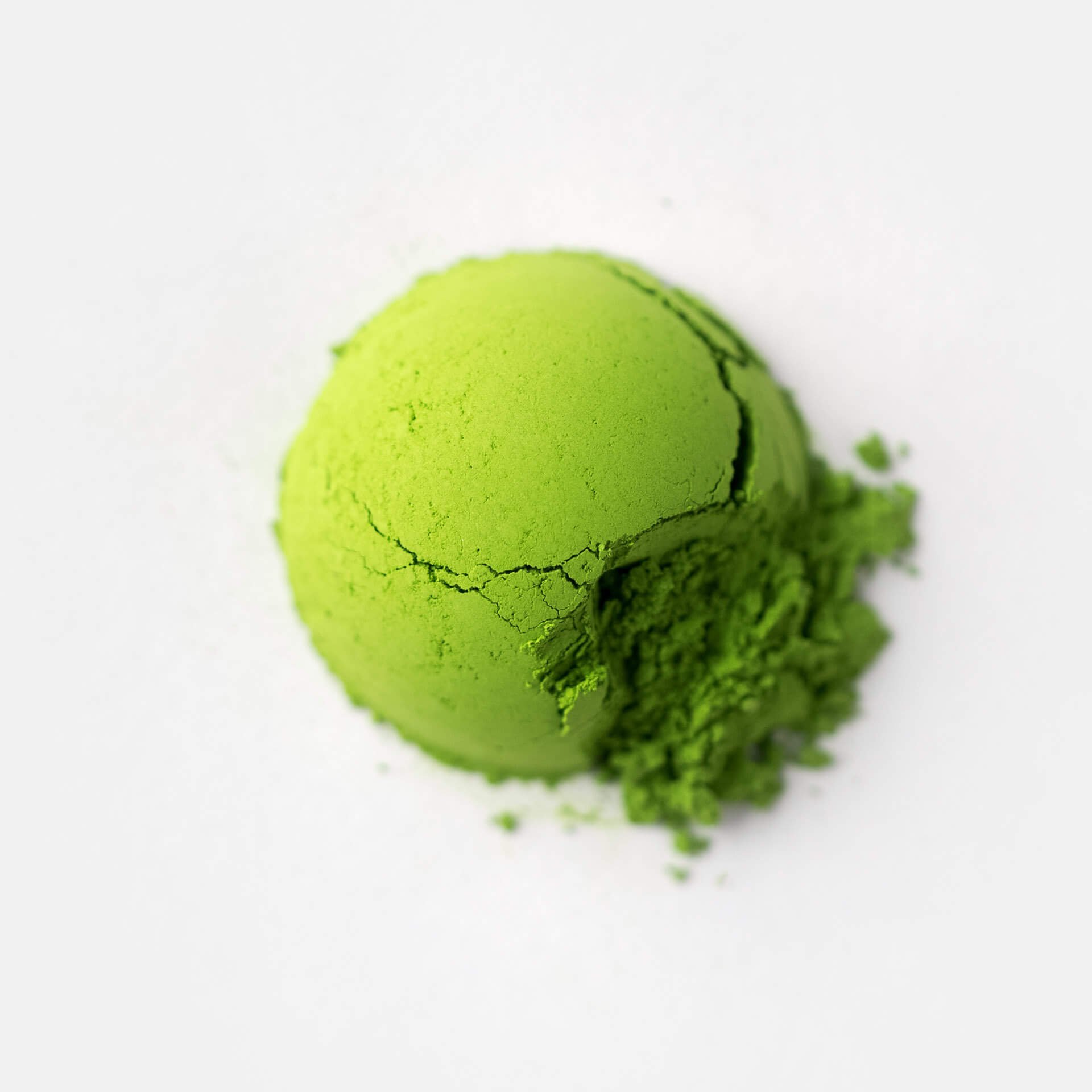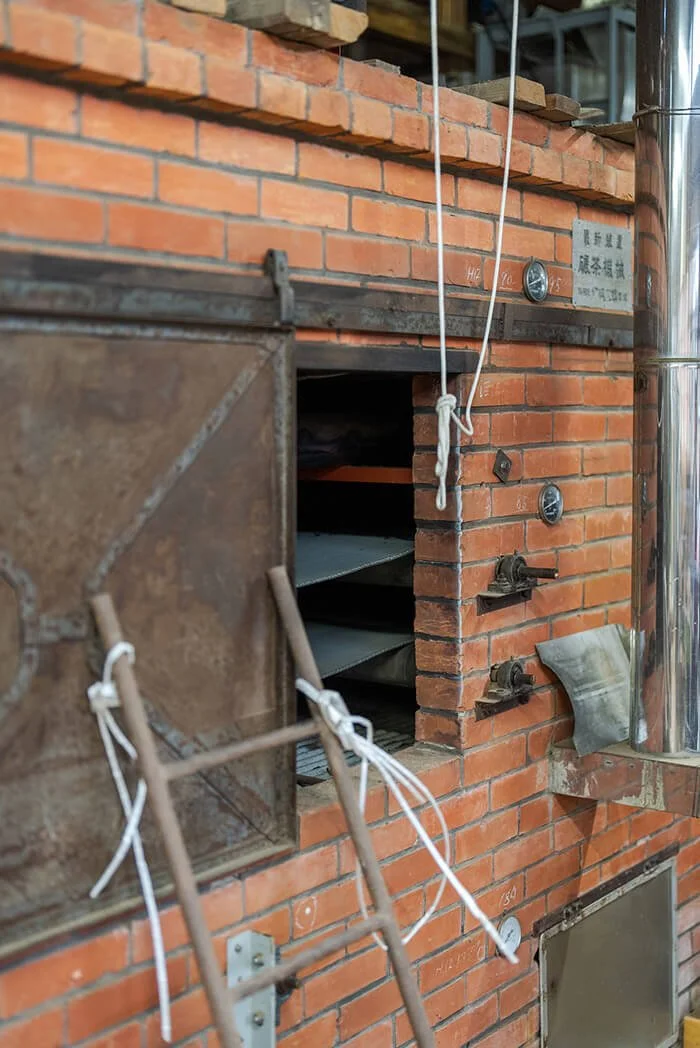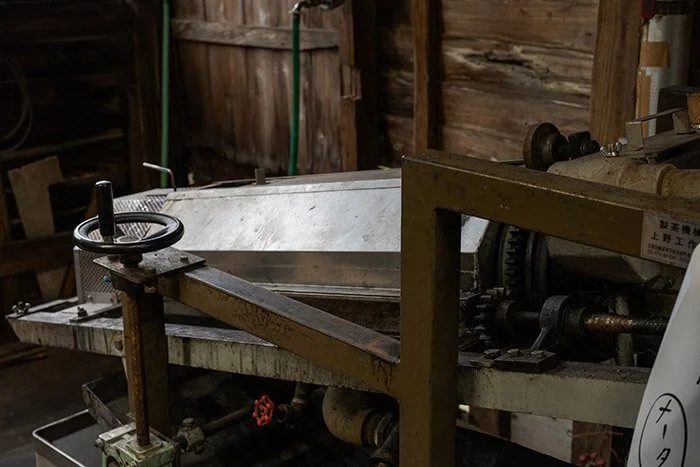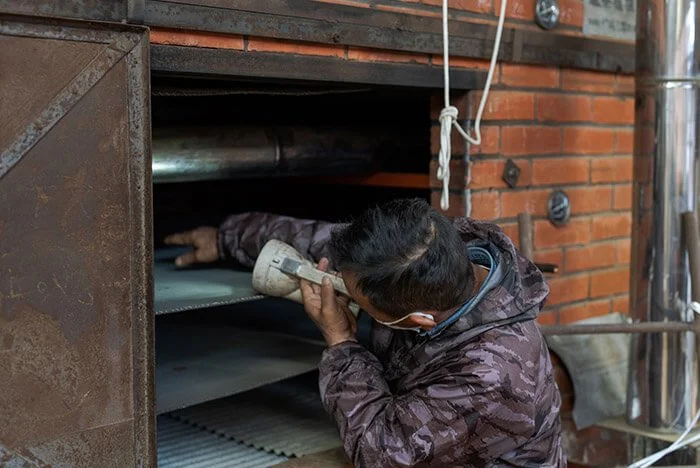MMC 03/23: Kurazumi’s Okumidori (おくみどり) Hoshino Matcha
Matcha Mill Club is our monthly Matcha membership, where we stone-mill a new single-cultivar Matcha and ship it out within 24 hours of milling every month. This article details the Matcha we shipped for March 2023!
Dear reader,
This month we have a very special Matcha. In fact, I organized an entire trip with the specific goal of finding and forming a relationship with a farmer village of Hoshino, located in Fukuoka prefecture.
Fortunately, I did! In many ways, this Okumidori (おくみどり) ticks all the boxes: it’s 100% hand-picked, 100% Komo—Woven Rice Straw 稲わらを編んだもの(簀巻、こも) shaded—and made by an awarded growing tea farmer.
Kurazumiさん, is a multi-generational farmer who received the highest award in all of Japanese tea: the convented 1st place winner of the National Tea Competition (第75回全国茶品評会) Gyokuro category in 2018. His father has won 5 First-place titles.
His farm produces mainly Gyokuro, but he does have a small amount of Tencha (the unground version of Matcha) as well.
Tasting Notes
Kurazumiさん’s Matcha sets the standard for what Yame matcha can be. Lucscious, silky, and wonderfully milky. When you whisk and drink a bowl of the Matcha as Usucha, you’ll immediately think of frothed or steamed milk.
The full body, with pleasant herbal tones and a gentle undertow of bitterness, balances the tea. Also expect traditional Nori notes, persimmon-like sweetness, and an inviting green color.
The color comes from the cultivar used: Okumidori, which is famous for its lack of yellow and bright greens. In fact, this cultivar is often blended to add saturation.
Shaded with traditional rice reeds and bamboo and handpicked, the tea is deeply traditional. This is reflected in the smooth fragrance and savoriness of the Matcha.
The Tencha Factory
In this Ochairinikki it may feel like I’m jumping around a bit, which is simply because there is just so much to say.
Our Matcha was processed in one of Japan’s oldest Tencha facilities, located within Hoshinomura proper. In the photo, you’ll notice a little silver plaque on the top right which proudly proclaims that this tencha oven is “state of the art brand new,” which, 90 years ago, it was!
Needless to say, this is one of the few remaining ovens from this bygone era, and naturally it carries a great deal of authority.
In fact, I met with another 1st place National Tea Competition (第75回全国茶品評会) Gyokuro category winner, who told me she hopes to one day have her tencha processed in Kurazumiさん’s factory!
Processing Tencha
I’ll give a very brief (though admittedly technical) description of how this month’s Matcha was actually processed inside the factory, which you may find revealing.
Steaming
The leaves are first steamed for about 30 to 40 seconds, this steaming duration is called Futsumushi while the steaming process itself is known as Sassei.
This steaming process halts the fermentation process of the tea leaves and also melts some of the pectin resulting in a sweeter-tasting Matcha.
Oven
His factory is not quite full size, with a 14-meter dryer rather than the regular 20-meter.
The steamed tea leaves run through the bottom of the dryer first at 200°C for about 4 minutes.
Then it is moved up to the top where it runs through at 90°C.
Finally, it falls and runs through the middle of the machine at 85°C.
The entire drying process takes about 33 minutes. Following that, the tea leaves are placed into a small cabinet-looking low-temperature dryer for 2 hours at about 60°C.
The initial 4 minutes at 200°C is the riskiest as it’s so hot that the tea leaves can be damaged.
Crude-Oil
The factory uses very hot air channeled through large metal tubing, generated from a crude-oil burner. It burns so clean that there’s no smoke! This same heat also generates the steam used for the Sassei steaming.
The hot air continues to recycle through the machine, and temperature can be controlled by opening vents letting the hot air escape, thus cooling the system.
Kurazumiさん mentioned that this temperature control and cycled air were added to the machine more recently to make the process more efficient.
Capacity
The first time the factory is turned on in the year, it takes one night to heat the entire factory up. Once it’s warmed up, the factory can be re-warmed up the next day in just 2 hours. The factory can produce 1000kg per 24 hours, while a regular factory can create 1000kg in just 12 hours.
An Unsure Future
Unfortunately, Kurazumiさん believes the factory will not last far into the future. The building is old and unsteady, and should it collapse from the next Tsunami, it will be impossible to replace as the costs would be too high.
It could be that this is one of the last remaining years for Matcha made in one of these antique facilities. I hope not.
Share your Experience
What are your feelings on this tea? Do you agree with my tasting notes, or found different aromas, flavors, and textures?
It’d really mean a lot to me if you’d let me know your thoughts. You can just reply to this email directly, or even share your Matcha and tag us on Instagram at @ooika.co.
Thank you so much for joining the Matcha Mill Club, and helping to support heritage Matcha in the most prized terroirs across Japan.
Sincerely,
Marc
Ooika’s Miller
Ochairinikki (御茶入日記)
Category Green tea (お茶) |
Subcategory Kabusecha (かぶせ茶) |
Grade Indigo (Beyond Ceremonial) |
Terroir Hoshino, Yame, Fukuoka, Japan |
Vintage 2022 |
Cultivar Okumidori (おくみどり) |
Harvest Method 100% handpicked (手摘み, Tezumi) |
Shading Style Komo, Woven Rice Straw 稲わらを編んだもの(簀巻、こも) |
Shading Duration Approximately 25 days |
Milling Ishi-Usu (石臼) Stone-Milled by Ooika |
Packaging Cold-stored, oxygen-free bag |
Use Usucha, Koicha |





